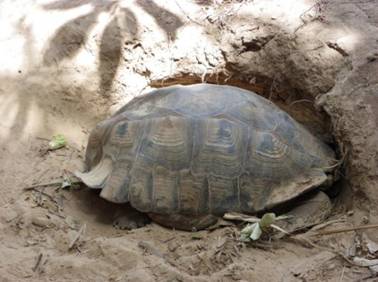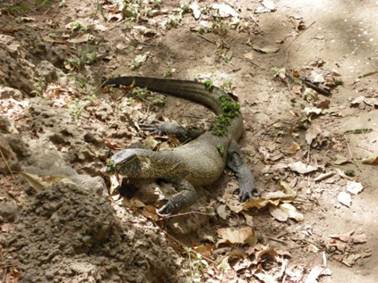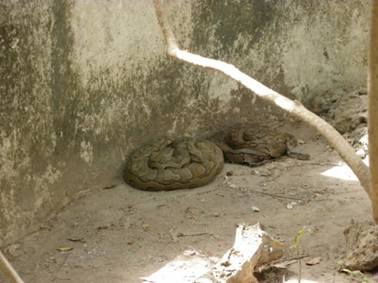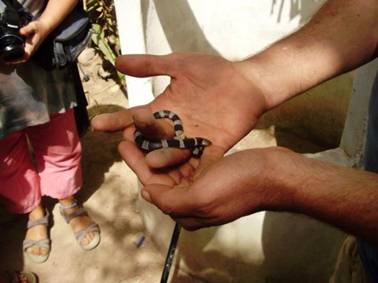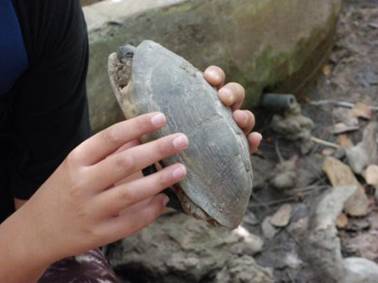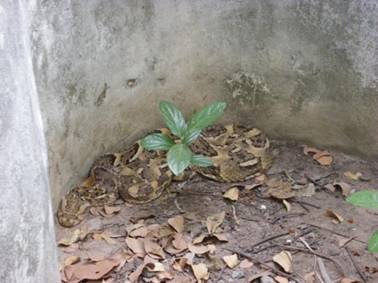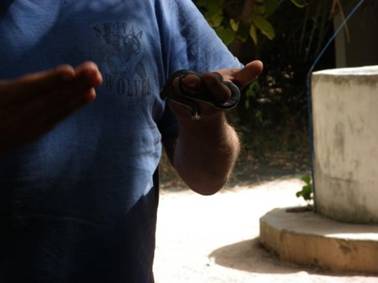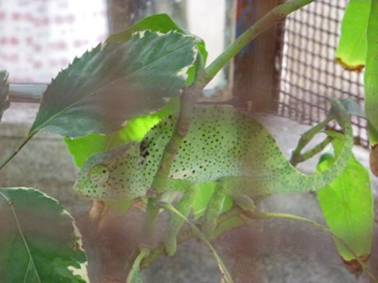Blog update: by Bryn

The Gambian Reptile Farm The Gambian Reptile Farm is an organization where they catch reptiles, breed them and then let them go in their correct habitats afterwards. The Crocos ARK Trust has a couple of permanent reptiles including a Giant tortoise, and a Nigerian rock python, which they can’t let go because it would cross-breed with West African rock python.
The Giant tortoise. Monitor lizards There are two types of monitor lizards in the Gambia; Nile moitors and Bosc’s monitors which both eat small mammals and frogs.
Bosc’s Monitor.
Nile Monitor. Pythons Royal pythons and West African rock pythons (and of course the Nigerian rock python) all feed on mice and other small mammals.
West African rock pythons. Cobras The Burrowing cobra is a small snake that lives in dense undergrowth and burrows to get food. It lives off small lizards,worms and other small snakes.
Burrowing cobra. Spitting cobras cannot often inject their venom into you but they can spit in your eyes which could blind you.
Spitting cobras. Tortoise Bell’s back hinged tortoise has a hinged bottom shell so that in the face of danger it can close its shell.
Bells hinged Other reptiles Puff adders are the most poisonous snakes in the Gambia and are also the slowest so when they hear someone coming instead of getting out of the way, they stay where they are. If someone steps close they ignore them but if they step on them they will bite; 40% of the bites are not poisonous, 30% are non-fatal and the rest of them are fatal. Puff adders are very well camouflaged.
Puff adder. House snakes are a very common snake in The Gambia and as the name suggests, are found in houses. It is a small snake that has very little venom and is not known to bite; they eat mice.
House snake. The common bush snake is a small green snake that is often mistaken for the Green mamba, however is is infact harmless. There is only one area left in Gambia where there are Green mambas, which is in the Abuko nature reserve.
Common bush snake. A chameleon is a lizard that can change the colour of its skin. It doesn’t change to match its surroundings as many people believe, instead it changes colour depending on the strength of the light on it; so if it’s on a branch in sunlight it appears light green and when it’s in a tree in the dark it is brown or black. This camouflage works well in a natural habitat but not in a manmade one, so if you saw a chameleon on a road, as opposed to being black it would be green because there would be lots of sunlight on it.
Chameleon. They also have 360o vision. We saw West African crocodiles but we’re hoping to learn more about them on Saturday. |
